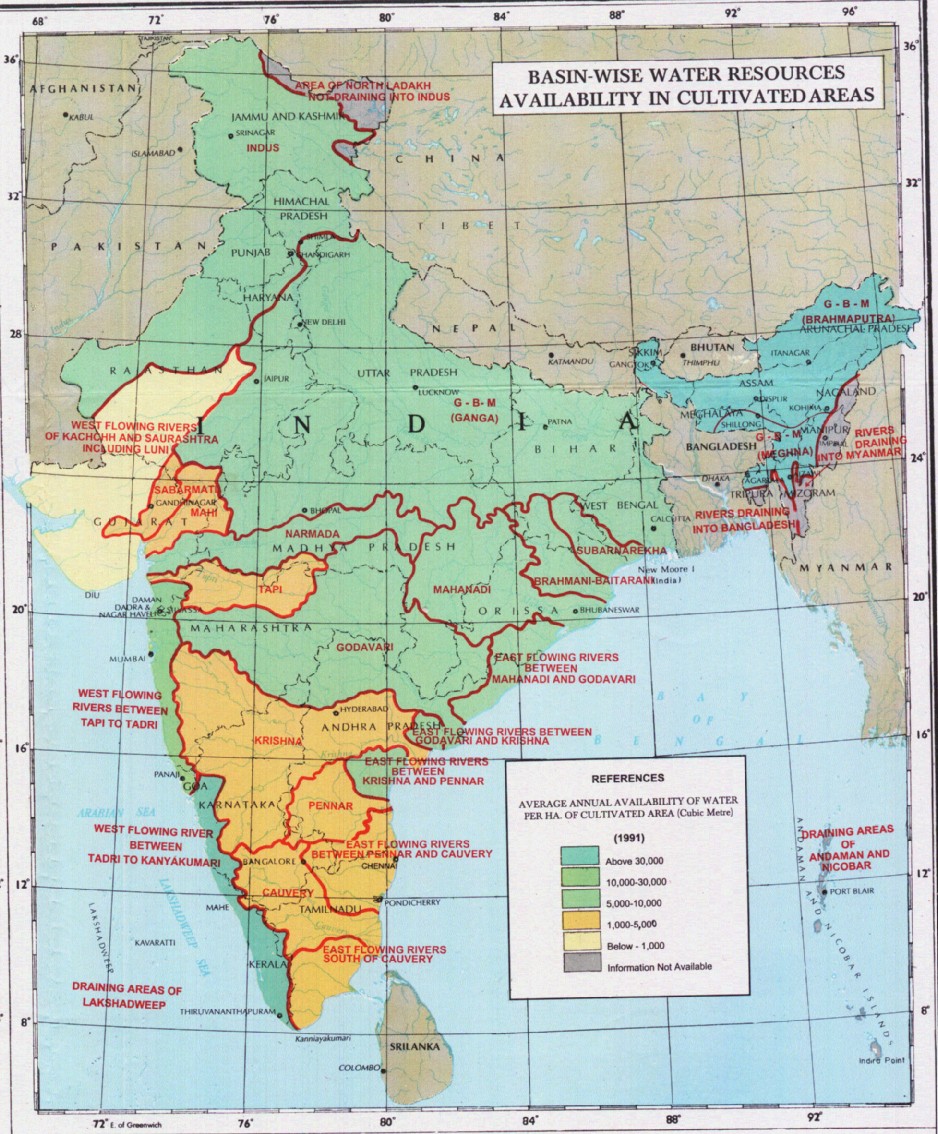Rivers
Impact of climate change on the Himalayan glaciers
Posted on 26 Aug, 2009 03:30 PMThe Himalayas' permanent ice cover is around 97,000 sq.km. with 12,930 sq.km. volume of ice and snow: 10-20 % are covered by glaciers and 30-40% are seasonal snowfalls. The Himalayan streams and rivers are fed by the melting of snow and ice of approximately 500 sq.km / year.
International day of action for rivers
Posted on 26 Aug, 2009 02:19 PMIt is a day when existing river protection campaigns re-dedicate to the cause.
The River Care volunteer handbook
Posted on 26 Aug, 2009 02:06 PMClick on the link below to download the handbook.
How changing climate and melting glaciers affects nations across the globe: Spotlight on the Himalayas
Posted on 25 Aug, 2009 05:11 PMAs observed by the United Nations Environment Program (GRID-Arendal) ice and snow are major components of the climate system. That is why human induced climate change can be first observed in Polar Regions where most of Earth's snow and ice are concentrated. In these areas global warming induces the progressive melting of ice and snow.
The many impacts of climate change - A serious global environmental issue?
Posted on 25 Aug, 2009 03:14 PMThe earth is currently warming rapidly. And this warming is bringing about massive changes. Our glaciers are melting rapidly. The artic ice-shelf is breaking apart into pieces and threatens to modify the salinity of the oceans.
Films and video resources on climate change and greenhouse gas emissions from the Centre for Science and Environment
Posted on 24 Aug, 2009 10:26 AMA number of films on climate change are available on the Centre for Science and Environment (CSE) store. These include:
Rainwater harvesting in India: Traditional and contemporary
Posted on 21 Aug, 2009 12:41 PMThe document informs that traditionally Indians worshipped both water and rain as “Jala” and “Varuna”. Even rivers were worshipped. Till 3000 B.C., RWH happened without human effort as rain got collected in rivers and natural depressions. Civilizations flourished on river banks all over the world Indus valley civilization in India.
Map: Location of water resource projects across river basins in India
Posted on 20 Aug, 2009 03:23 PMThe map indicates that across the main 19 river basins of the country, water resource projects with a total live storage of 174 BCM (Billion Cubic Metres) have been completed, 75 BCM are ongoing, and 132 BCM are being planned.
Annual average availability of water for agriculture in India as of 1991
Posted on 20 Aug, 2009 02:50 PM
Chennai metropolitan area's water woes: CMWSSB's plans for the future
Posted on 19 Aug, 2009 04:01 PMCMWSSB or Metro Water was established in 1978 and serves 180 sq kms of area and 5.5 million population.




